Michael O’Brien (b. 1988) was born in Houston, TX and received his BA from Washington and Lee University, VA (2010), where he studied English and Studio Art. His long running body of work, Family Photographs tells the story of his extended, tightknit family, which relocated from New Jersey to Houston when his father’s generation was in high school. O’Brien’s work deals with the universal paradigm of being an individual and part of a family unit, feelings of dislocation, and it grapples with the family’s legacy and values as it evolves over time. The most recent iteration of Family Photographs was shown at The University of New Orleans’ St. Claude Gallery, December 2018 – January 2019. O’Brien lives and works in Houston, TX and Washington, DC.
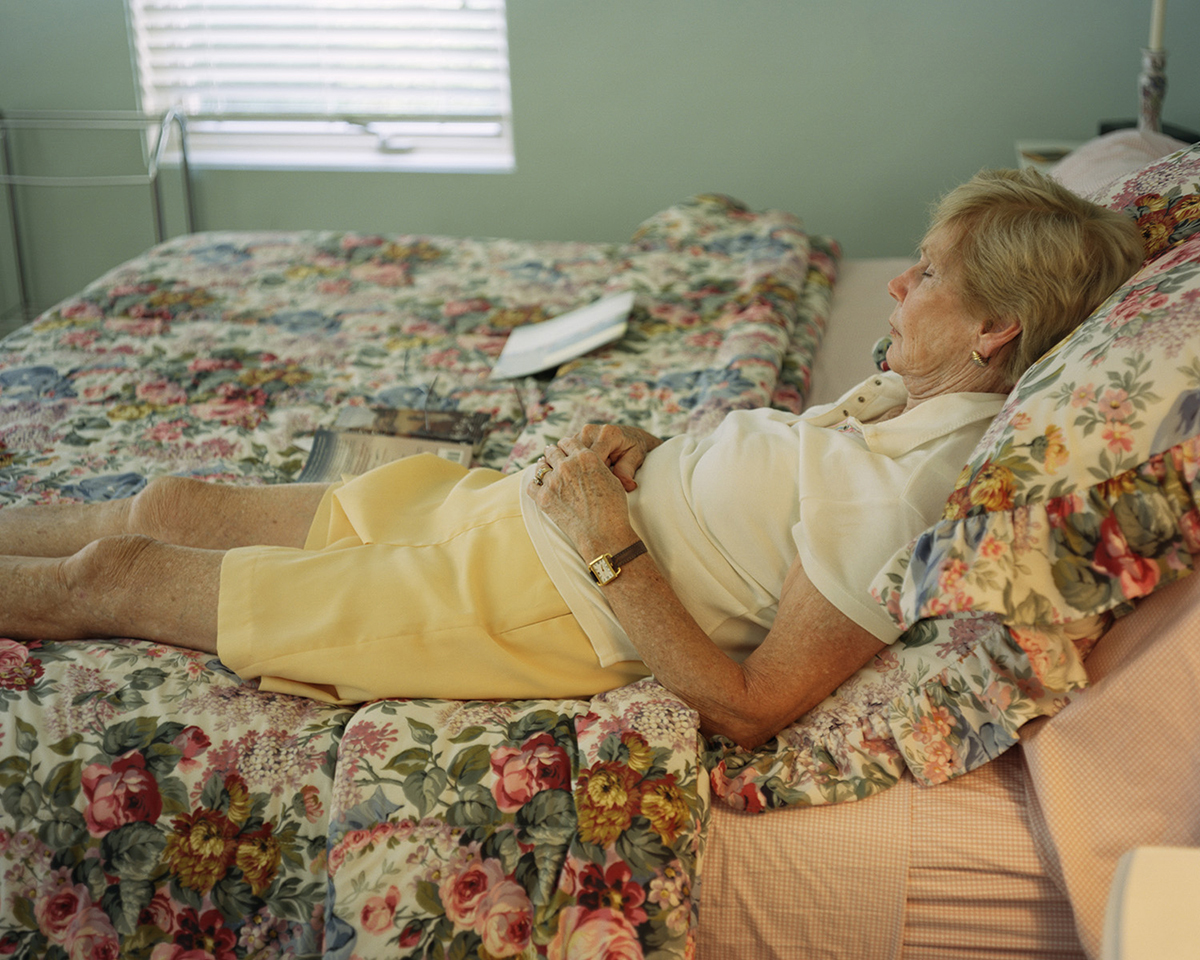


Family Photographs
Place in this body of work is hard to pinpoint, and the reality of the family is that our roots are in Brooklyn, and that my dad’s generation was the first to be in Texas, with some of them now having returned to the northeast. As a whole, I think of us either as a Texas family with an east coast sensibility or vice versa, and I personally never feel as Texan as when I’m living on the east coast nor as east coast as when I’m living in Texas. Wherever I am, there’s always a feeling of dislocation.
This struck me most poignantly the first Thanksgiving I came home from college. Like many, I felt I had become a new person after only a couple months of being away. Now I was back home and seeing familiar things with new eyes. I’d find myself in various rooms, sleepwalking nearly, looking at my childhood home and coming to terms with it as a place I was now separated from yet still intimately attached to.
The pictures tell a story about the family, but it’s a loose story and one from which the viewer is kept mostly at a distance. Pinprick moments in the work allow specific biographical details to come into focus: the autobiography of my great aunt written at age 12, the photograph titled “Papa’s Room After He Died,” and the books that indicate the family’s intellectual and spiritual life are examples. This dichotomy between an arm’s length read and moments through which real depth and emotion rush in mirrors the tenor of the family itself.
Class is something that unavoidably articulates itself. My grandparents and my parents both have houses with powder rooms, but few of my friends do. None of my friends have as much wallpaper or wainscoting. One of the most common responses to the work is that it all looks like one house, and while this isn’t true, there is a similar aesthetic that informs the design sensibility of the spaces. I find choices with regard to interior design endlessly fascinating, and I think they are foundational to in communicating the narrative we want to tell ourselves. Visually speaking, our homes are the frontline in communicating, primarily to ourselves, where we come from, what we value, and who we want to be.
The wallpaper images speak to this interest, and structurally they have a special place within the body of work. Within the broad landscape of contemporary photography, I have a particular fascination with photography that leans toward objecthood, beginning perhaps with Anna Atkins, the Bechers, and then coming to a head with the Pictures Generation, and continuing with contemporary practitioners like Leslie Hewitt and Anne Collier. One of my favorite places at the Met is the works on paper hallway, where usually there are architectural drawings, or drawings for other types of design on view next to more pictorial images—I love the different types of looking that those artworks ask us to engage with. Hewitt and Collier do this for me too. In an installation of this body of work I want there to be a push and pull between the object-pictures and the ones that offer a more purely window-experience. Ultimately, the wallpaper pictures, along with a few of the architectural images, should begin to build out the interior space—in a nearly architectural way—that contains this family and their lives. The space between the depicted and the real should be lessened.
Family Photographs is just over ten years old and is the main artery that runs through my practice. New pictures are always being added and others taken out as I become interested in different pictorial and narrative concerns. With no endpoint in mind, it feels like a body of work that will tell the story both of myself and of my family, how we will change in relation to one another, and how we will change in relation to the world around us.
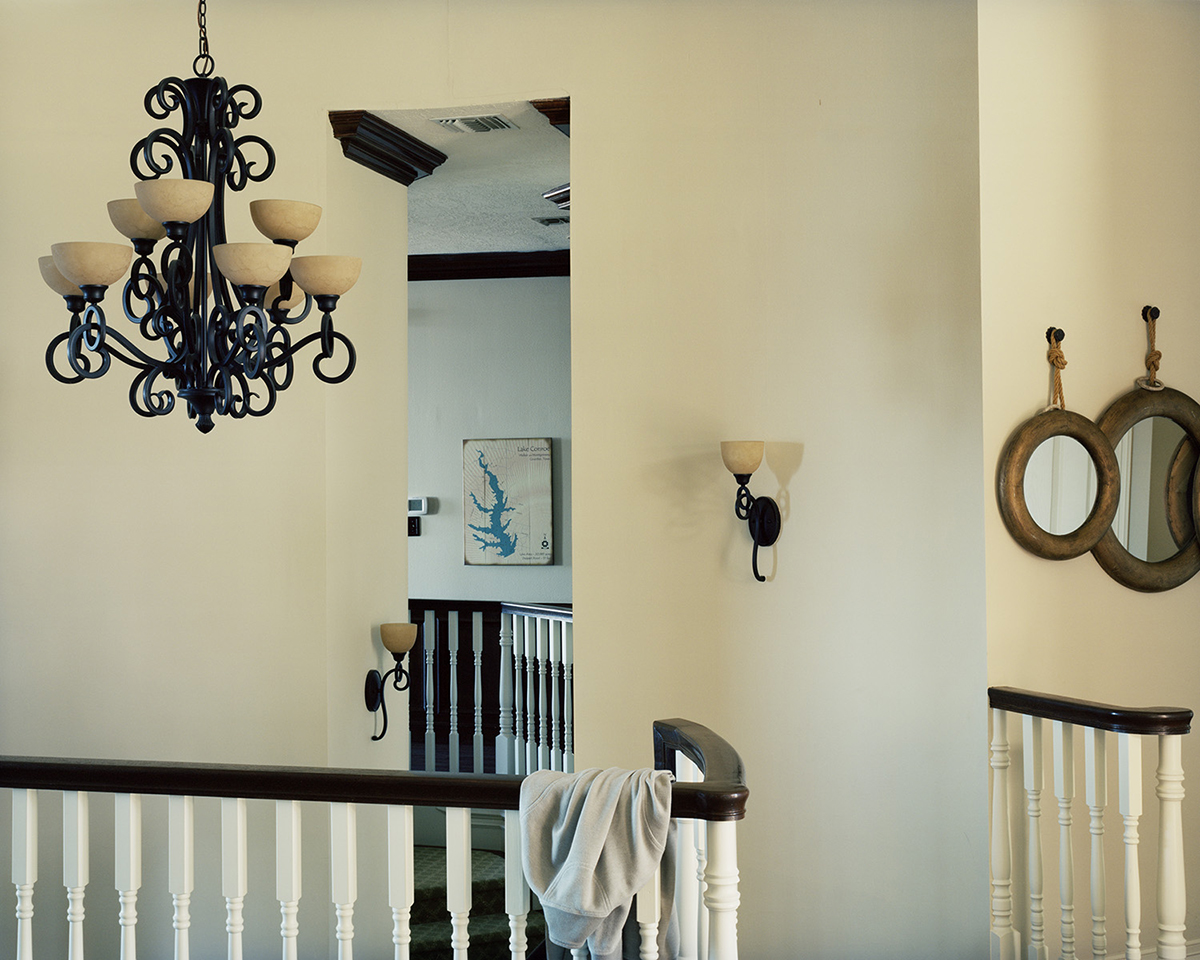

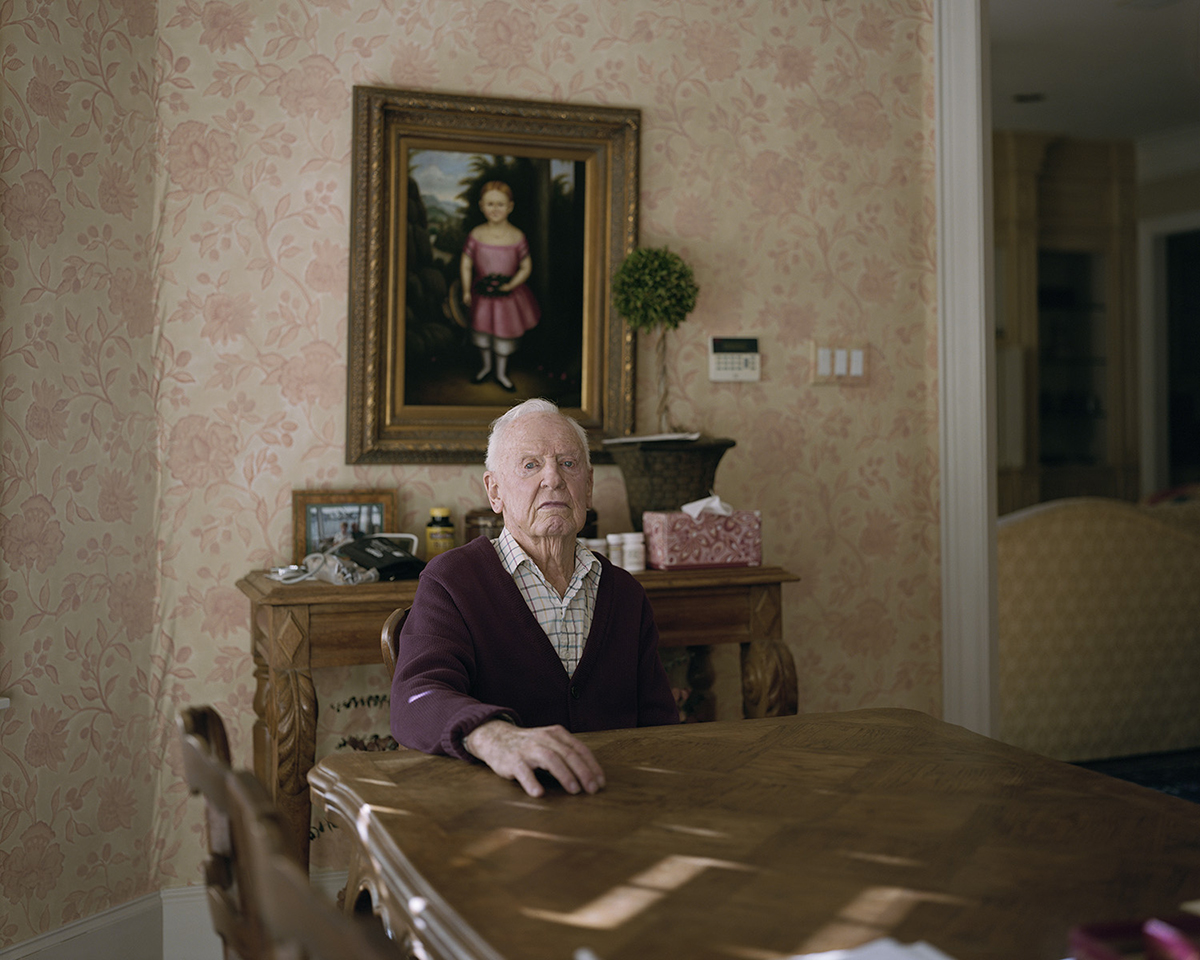





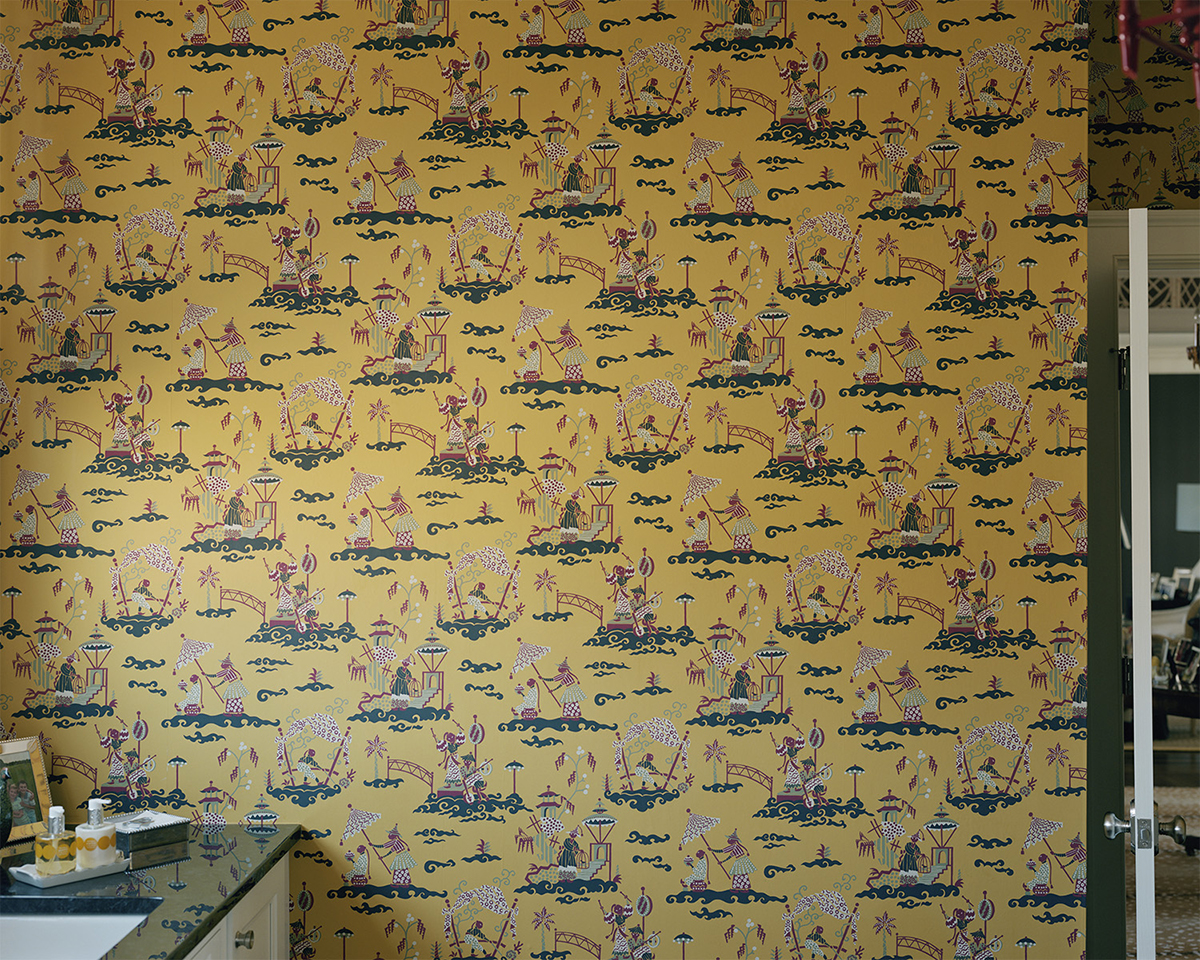

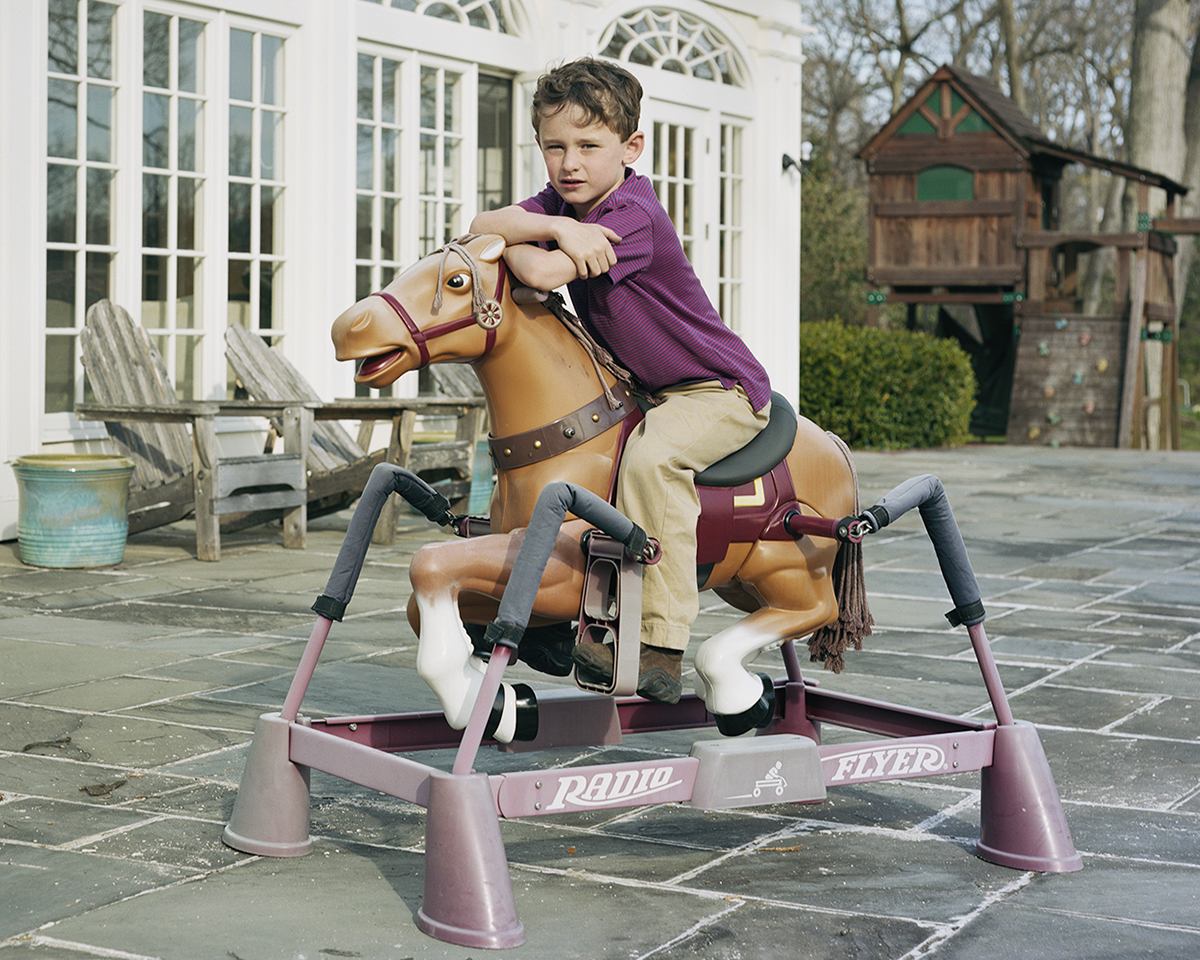
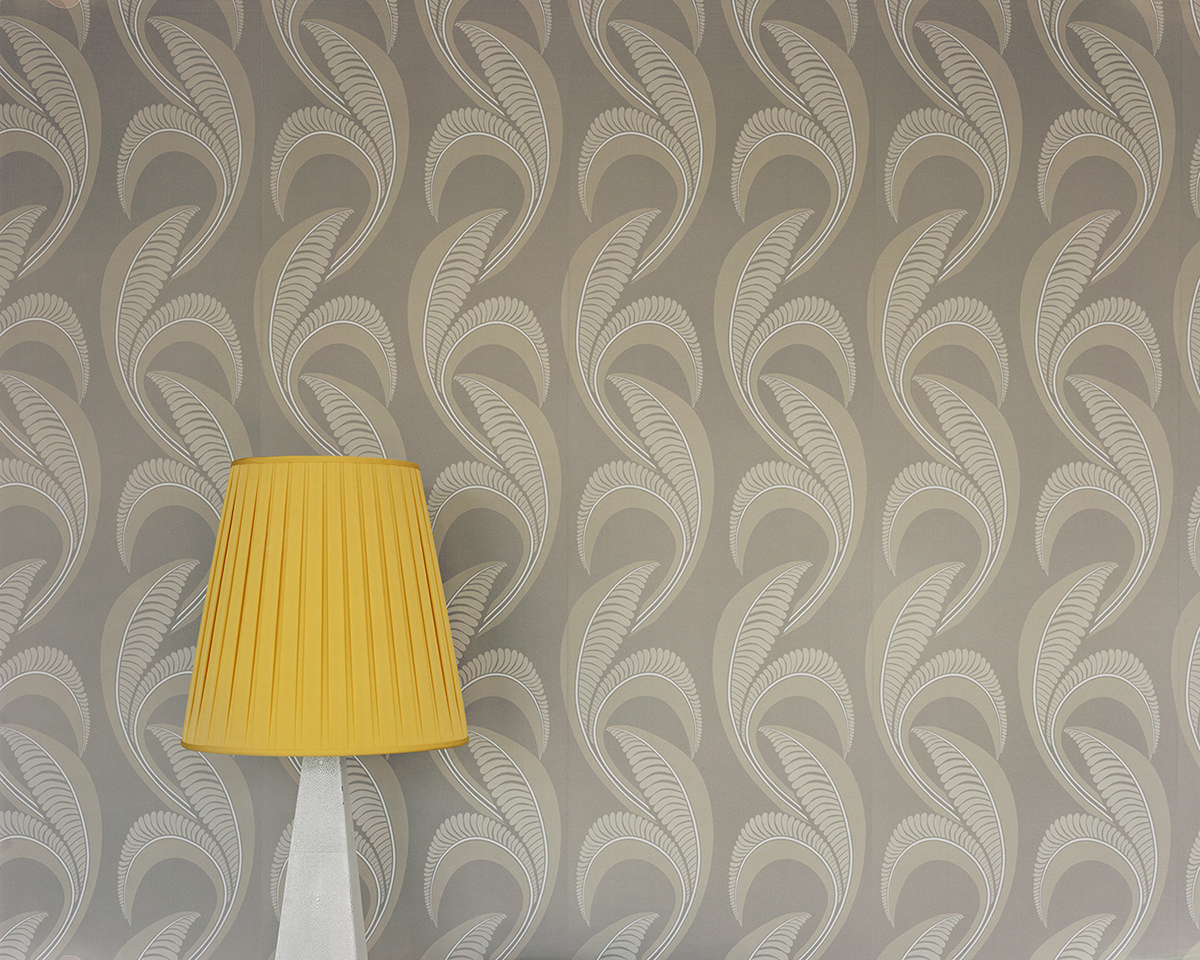
To view more of Michael Patrick O’Brien’s work please visit his website.